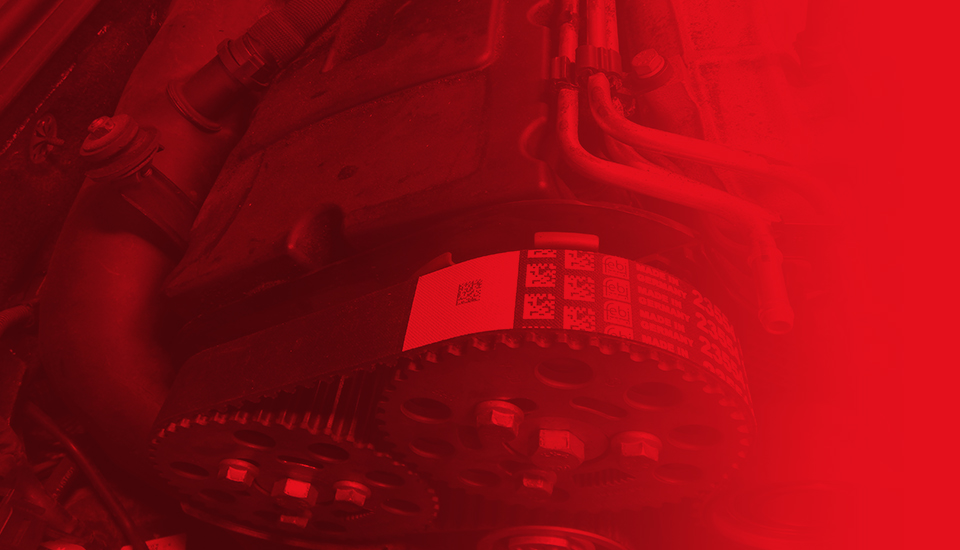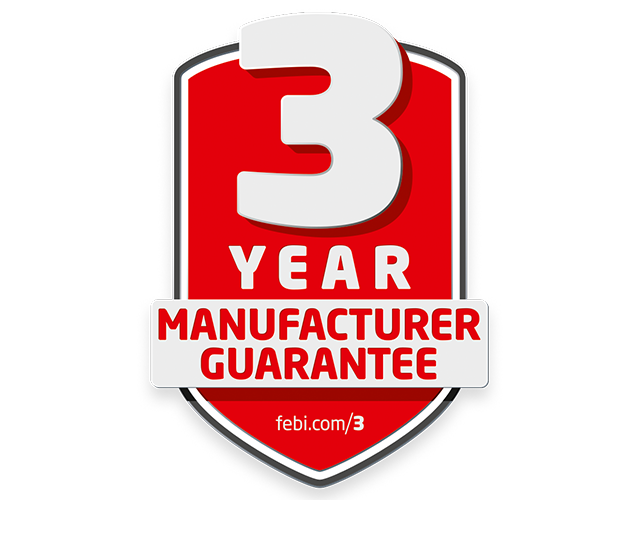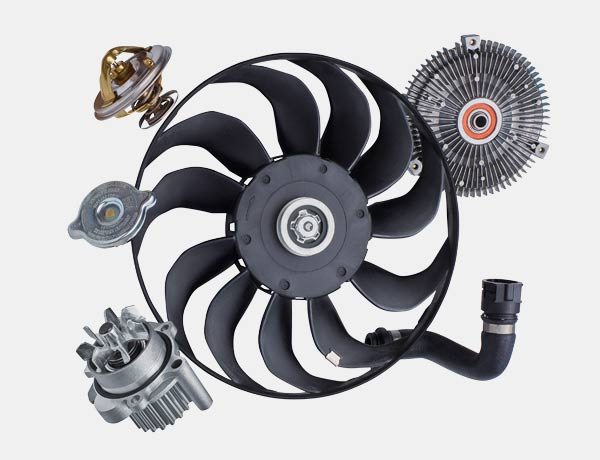Are unnecessary workshop visits generating additional costs? Are you missing key components that result in a delay to the complete repair? Are individually packed replacement parts taking up too many storage locations?
To ensure that our customers can work as time and cost-effectively as possible, we regularly analyse trends in the Independent Aftermarket and consistently develop new and supportive solutions.
Our timing belt kits with the water pump included contain all of the essential elements for a complete and professional repair. All in One Box!








